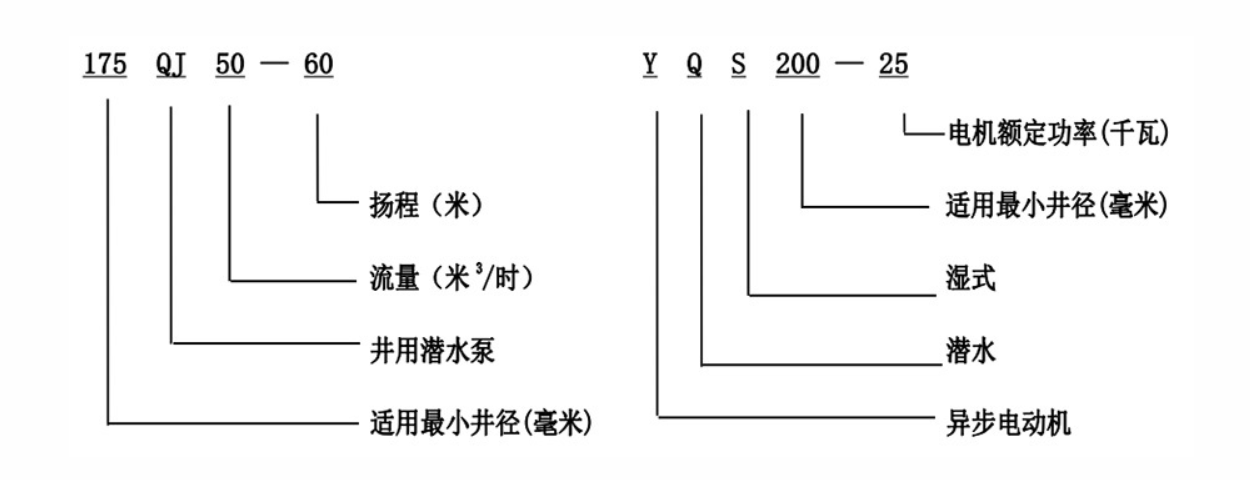Oct . 11, 2024 04:26 Back to list
submersible pump parts
Understanding Submersible Pump Parts A Comprehensive Overview
Submersible pumps are indispensable devices employed in various applications, including drainage, sewage pumping, and groundwater extraction. Their ability to function underwater makes them unique and efficient in moving fluids from one point to another. However, like any mechanical equipment, submersible pumps consist of several components that work harmoniously to ensure their optimal performance. In this article, we delve into the essential parts of a submersible pump, their functions, and why they are crucial for the pump's overall efficacy.
1. Pump Motor
At the heart of a submersible pump is the motor, which provides the necessary energy to drive the impellers. The motor is usually hermetically sealed to prevent water ingress and is often cooled by the fluid surrounding it. Motors in submersible pumps can be either single-phase or three-phase, and selecting the right one depends on the pump's application and required power output.
2. Impeller
The impeller is a vital component that directly affects the pump's performance. It is usually a rotating disc equipped with blades that draw fluid in through its eye and propel it outwards through the discharge outlet. The design and material of the impeller can vary significantly, depending on the application. For instance, impellers in sewage pumps might be constructed from more robust materials to handle solid waste, while those in clean water applications can be lighter and more efficient.
3. Diffuser
After fluid passes through the impeller, it enters the diffuser. The diffuser is designed to reduce the fluid's velocity and increase its pressure before it moves to the discharge point. This component is critical for ensuring efficient fluid transfer and minimizing energy loss. The design of the diffuser can also influence the pump's overall efficiency and performance.
4. Motor Shaft
The motor shaft connects the motor to the impeller, transferring rotational energy from the motor to the impeller blades. It must be strong enough to withstand the forces generated during operation and is typically made of durable materials that resist corrosion and wear. A well-aligned motor shaft is crucial for smooth operation, as misalignment can lead to vibrations and premature wear.
submersible pump parts

The seal assembly plays a crucial role in preventing water from entering the motor and damaging it. Submersible pumps typically use mechanical seals designed to withstand high pressure and corrosive environments. An effective seal assembly ensures the longevity of the pump and minimizes maintenance requirements, making it an essential component.
6. Bearings
Bearings support the motor shaft and help to reduce friction during operation. They are usually located above and below the impeller and are subject to substantial loads, especially in heavy-duty applications. Choosing the right type of bearings, such as high-load or corrosion-resistant options, is vital for ensuring smooth operation and prolonging pump life.
7. Discharge Head
The discharge head is the upper section of the pump where fluid exits. It typically includes the discharge outlet and other components that facilitate the attachment of piping or hoses. The design of the discharge head can influence how efficiently fluid is moved out of the pump and into the desired location.
8. Cable and Power Supply
Submersible pumps require a power supply to operate the motor. The cable connects the pump to the electrical source and must be waterproof to prevent electrical failures. Ensuring that the cable is correctly rated for the pump's power requirements is essential for safety and functionality.
Conclusion
Understanding the parts of a submersible pump is crucial for anyone involved in the maintenance or selection of these devices. Each component plays an integral role in the pump's performance and longevity. By recognizing how these parts work together, operators can ensure that submersible pumps operate efficiently and reliably, ultimately extending their service life and providing effective fluid management. Whether you're tackling a minor residential project or undertaking a large industrial application, knowledge of submersible pump components can lead to better decision-making and successful outcomes.
-
Submersible Water Pump: The Efficient 'Power Pioneer' of the Underwater World
NewsJul.01,2025
-
Submersible Pond Pump: The Hidden Guardian of Water Landscape Ecology
NewsJul.01,2025
-
Stainless Well Pump: A Reliable and Durable Pumping Main Force
NewsJul.01,2025
-
Stainless Steel Submersible Pump: An Efficient and Versatile Tool for Underwater Operations
NewsJul.01,2025
-
Deep Well Submersible Pump: An Efficient 'Sucker' of Groundwater Sources
NewsJul.01,2025
-
Deep Water Well Pump: An Efficient 'Sucker' of Groundwater Sources
NewsJul.01,2025
-
 Submersible Water Pump: The Efficient 'Power Pioneer' of the Underwater WorldIn the field of hydraulic equipment, the Submersible Water Pump has become the core equipment for underwater operations and water resource transportation due to its unique design and excellent performance.Detail
Submersible Water Pump: The Efficient 'Power Pioneer' of the Underwater WorldIn the field of hydraulic equipment, the Submersible Water Pump has become the core equipment for underwater operations and water resource transportation due to its unique design and excellent performance.Detail -
 Submersible Pond Pump: The Hidden Guardian of Water Landscape EcologyIn courtyard landscapes, ecological ponds, and even small-scale water conservancy projects, there is a silent yet indispensable equipment - the Submersible Pond Pump.Detail
Submersible Pond Pump: The Hidden Guardian of Water Landscape EcologyIn courtyard landscapes, ecological ponds, and even small-scale water conservancy projects, there is a silent yet indispensable equipment - the Submersible Pond Pump.Detail -
 Stainless Well Pump: A Reliable and Durable Pumping Main ForceIn the field of water resource transportation, Stainless Well Pump has become the core equipment for various pumping scenarios with its excellent performance and reliable quality.Detail
Stainless Well Pump: A Reliable and Durable Pumping Main ForceIn the field of water resource transportation, Stainless Well Pump has become the core equipment for various pumping scenarios with its excellent performance and reliable quality.Detail
